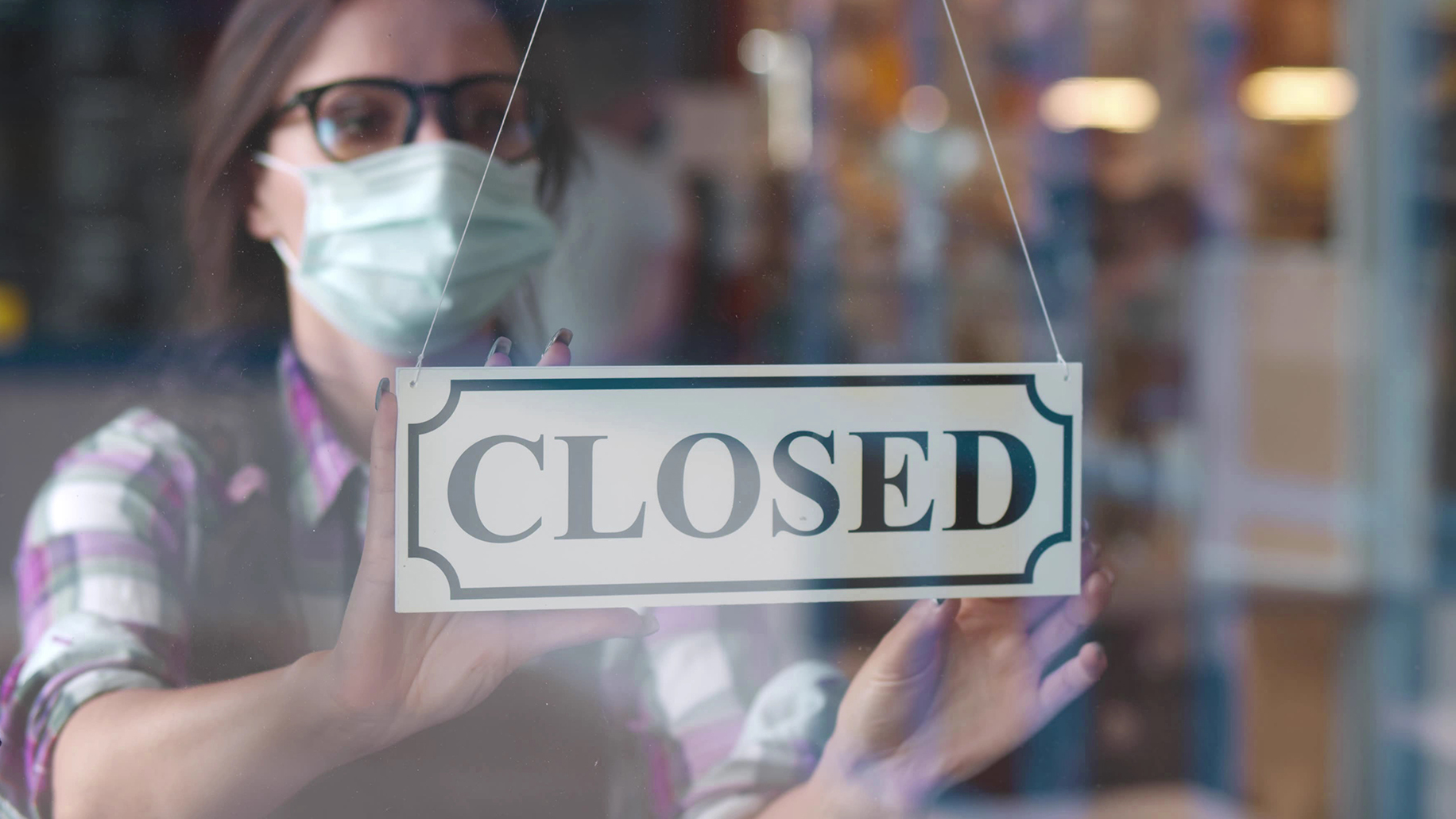Not a single person in our country or across the globe has been left unaffected by the global pandemic. Parents have doubled as school teachers, spouses have become coworkers, and many were left unemployed.
With a vaccine more readily available and some mask mandates being lifted, there are signs that we are closer than ever before to getting back to normal. This hope and prospect of normalcy have most of us pivoting from panic to introspection. We have learned that we can work in a more decentralized manner, but on the other hand, it is important for us to find ways to work together. We have learned how to be outcome based versus process based. We aren’t simply sitting at our desks clocking time. We’re doing more with less, and it is better for all of us. We’ve figured out that Zoom-ification of every moment of the day is not that helpful so that should not be the new normal. But while we figured out how to survive in lockdown, this does not mean that our new normal is benefiting everyone.
Among the things that took a turn for the worse? The economy’s effect on small businesses. Small business stimulates our economy, serves as the foundational building blocks for our communities, and are driven by gig workers. Unfortunately, they took the biggest hit from the state-wide shutdowns, while larger conglomerates saw profits like never before.
Small Businesses Have The Biggest Impact
Many small business owners have spent the last year confronting painful truths about entrepreneurship in today’s climate. Unexamined optics would leave us to believe that we have a near-codependency on mega-companies, like Amazon and Wal-Mart, as well as Big Tech. While we saw millions of small businesses suffer, close their doors, and file for bankruptcy, we witnessed big companies deemed “essential,” ultimately leading to bent rules, bailouts, and multi-billion dollar profits. This imbalance in our society is untenable. Business and government leaders have forgotten that it is small businesses that ultimately revitalize the American economy and employ many Americans.
In a lot of ways, the government simply got it wrong. How could it be that it was safer to be in a Walmart shopping with 100’s of other people and NOT safe to be in a small store with 1 person behind the counter and 2 people in the shop. Big businesses were the first to be bailed out by those in power, you may be shocked to learn the vast majority, 99% to be exact, of enterprises in 2013 were small businesses. “88 percent of employer firms have fewer than 20 employees, and nearly 40 percent of all enterprises have under $100k in revenue,” according to a JP Morgan report examining our economic activity. Less than ten years later, small businesses face these crushing statistics: some 60% of small businesses closed permanently because of the pandemic. Last year alone, we learned that small businesses were deemed “non-essential.” Beyond demoralizing, it’s simply incorrect that small businesses aren’t essential. Our economy depends on small businesses.
Why We Have To Keep Small Businesses In Operation
Some may feel out of touch with the stark numbers; after all, we’ve been at home and required to avoid small businesses at all costs. But we don’t have to go too far down memory lane to recall how important small business was to our community, not to mention, gig workers. We all have our favorite barista, shopkeeper, or boutique workout studio that was left hanging by the government once the shutdowns took place. We all are only a few degrees away from knowing someone who was a rideshare driver, pet sitter, nanny, massage therapist, or freelancer, just to name a few. The gig economy alone stimulates our ecosystem with consumers, businesses, and services.
When more than half of small businesses close, it affects everyone. Small businesses have created 65% of new jobs since 1995, most of those being in the technology space. Interpersonal relationships and intimacy give life to innovation and new products. Unlike major companies, small business owners are close with their customers. They truly understand their needs, how they operate their companies day-to-day, and are a huge part of local communities. If we strip our towns of small businesses, we’ll be stripping them away of jobs, relationships, and the opportunity to create and invent together.
Where To Go From Here
The grim statistics and ‘permanently closed’ updates on Google pages don’t lie; we’re facing a bleak reality in small business and entrepreneurship at this time. But it doesn’t have to be a death sentence for small shops and loyal consumers. The solution does require commitment and uses our voices and votes.
About a year ago, The New York Times suggested a plethora of options, including freezing overhead business costs for local owners, including rent or mortgage payments, providing substantial financial support to small businesses the way we do for major banks, and encouraging consumers to shop local. Despite the logic and reasoning, few measures have been taken, and less have had the staying power to save the millions of businesses that have shut their doors. More needs to be done.
It’s simple: small businesses need to re-open, and they need financial help re-opening. Studies indicate that the virus isn’t spreading in local stores where customers are wearing masks, but rather at home and at large gatherings. Further, the last stimulus check should have been cut for small business owners, not consumers. Remember, it’s small businesses that employ those very consumers, so the best thing is getting them back to work with a regular paycheck. It’s not because consumers aren’t hurting, but rather, our government should be putting all resources into conserving the very thing that will keep our country running: small businesses.
I urge all leaders, at every company size, to create avenues promoting business engagement while adhering to local mandates. We can keep safety a priority by still limiting the number of people in a store and wearing masks depending on your state’s laws. And of course, we still have options like delivery, courier service, take-out, limited dine-in, and virtual concierge services. Leaders and owners can also stay updated with local legislation and ensure they’re optimizing every option available to them. Recently, Texas lifted the mask mandate and allows businesses to run at 100% capacity. That doesn’t mean that Texas banned the wearing of masks. In fact, we all still wear masks every day. But the data proves itself – Texas has seen a low in cases per capita since allowing businesses to reopen, proving that it can be done safely and effectively.
The point is, we overreacted and it’s time to let small businesses start going again. Be sure you’re actively engaging with consumers on social media and making them aware of how such updates are going to impact business. Finally and above all, this is a lesson to each business owner to consider emergencies into their business forecasting. While an every-century pandemic may be on the extreme, 2020 taught us that small business owners have to consider and plan for the worst-case scenarios far sooner than our government ever will.







